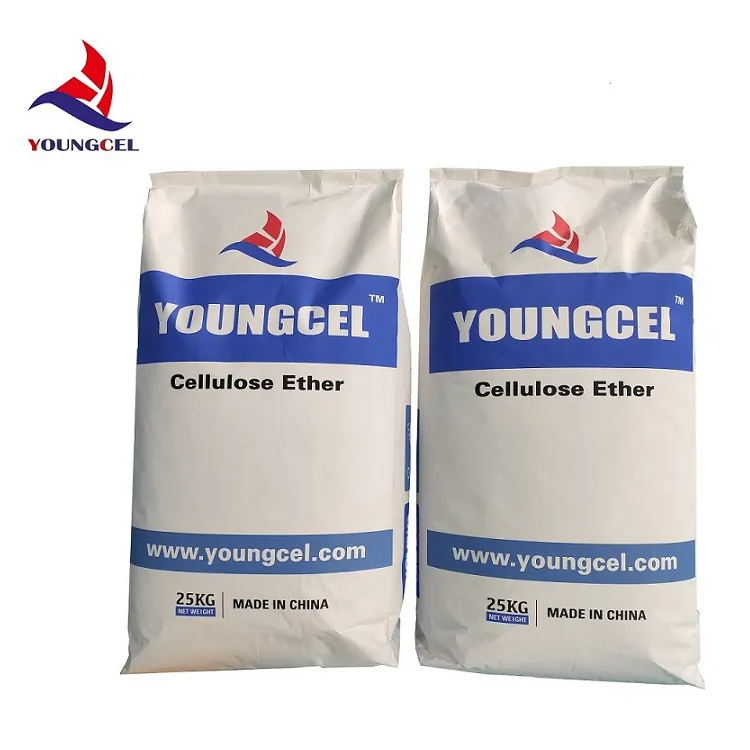Understanding Adhesives for Tile Installation
When it comes to tile installation, one of the most crucial components is the adhesive. A good adhesive ensures that tiles adhere firmly to the substrate, reducing the likelihood of tiles cracking or coming loose over time. In this article, we'll explore the different types of tile adhesives available, their applications, and tips for selecting the right one for your specific project.
Types of Tile Adhesives
There are several types of adhesives used for tile installation, each suited for different materials and applications. The most common types are
1. Thin-set Mortar This is the most widely used adhesive for ceramic and porcelain tiles. Thin-set mortar is a mixture of cement, fine sand, and a water-retaining agent, which allows it to adhere effectively to various substrates. It is applied in a thin layer, typically 1/8 inch to 1/4 inch thick. Thin-set comes in two varieties unmodified and modified. Unmodified thin-set requires a specific type of substrate and drying conditions, while modified thin-set includes polymers that enhance adhesion and flexibility, making it suitable for a broader range of applications.
2. Mastic This is a premixed adhesive made of organic compounds and is typically used for wall tiles in areas that are not prone to moisture. Mastic is easier to work with than thin-set mortar and can be applied directly from the container. However, it is not suitable for wet areas like bathrooms or kitchens due to its lower moisture resistance.
3. Epoxy Adhesives This type of adhesive is known for its exceptional strength and chemical resistance. Epoxy adhesives are ideal for high-traffic areas and applications where moisture or chemicals are a concern, such as commercial kitchens or industrial environments. However, they require a careful mixing process and can be more expensive than other options.
4. Pre-mixed Adhesives These adhesives come ready to use and are typically used for smaller projects or DIY applications. They offer convenience and are suitable for light-duty installations, but may not provide the same level of bonding strength as traditional thin-set or epoxy adhesives.
Choosing the Right Adhesive
When selecting the right adhesive for your tile installation, consider the following factors
1. Type of Tile Different tiles have different properties. For example, heavy natural stone tiles may require a more robust adhesive like modified thin-set or epoxy, while ceramic wall tiles may be suitable with mastic.
adhesive for tile

2. Location of Installation If the tiles are being installed in a wet area, such as a bathroom or kitchen, it's essential to use a waterproof adhesive. Modified thin-set or epoxy are great choices for these environments.
3. Substrate Material The surface you are tiling over plays a significant role in adhesive selection. Porous materials like cement board may require different adhesive properties compared to non-porous materials like plywood or existing tiles.
4. Environmental Conditions Consider the environmental conditions of the installation area. If temperature fluctuations or high humidity are expected, flexible adhesives may be necessary to accommodate expansion and contraction of the materials.
Application Tips
To ensure a successful tile installation, follow these application tips
- Surface Preparation Ensure that the surface is clean, dry, and free of any contaminants before applying adhesive. This step is crucial for achieving a strong bond.
- Mixing the Adhesive Follow the manufacturer’s instructions for mixing the adhesive, especially for powdered options. Consistency affects the adhesive's performance.
- Trowel Size Choose the right trowel size depending on the tile size and type of adhesive. Larger tiles generally require a larger notch trowel for adequate coverage.
- Setting Time Be aware of the setting time for the adhesive you are using. If you place tiles too late after applying the adhesive, you may need to reapply.
Conclusion
Selecting the appropriate adhesive for tile installation is essential in ensuring a long-lasting result. By understanding the various types of adhesives available, their applications, and key considerations for selection and application, you can achieve a professional-looking tile job that stands the test of time. Always consult product specifications and guidelines to make informed choices tailored to your specific project needs.
-
Rdp Powder: Key Considerations for Wholesalers in the Building Materials IndustryNewsJul.08,2025
-
Key Considerations for Wholesalers: Navigating the World of Hpmc - Based ProductsNewsJul.08,2025
-
Hpmc Detergent: Key Considerations for WholesalersNewsJul.08,2025
-
Key Considerations for Wholesalers: China Hpmc For Tile Adhesive, Coating Additives, Concrete Additives, and MoreNewsJul.08,2025
-
Crucial Considerations for Wholesalers: Navigating the World of Construction MaterialsNewsJul.08,2025
-
Key Considerations for Wholesalers Sourcing Additive For Cement, Additive For Concrete, Additive For Putty from Additive Manufacturer Shijiazhuang Gaocheng District Yongfeng Cellulose Co., Ltd.NewsJul.08,2025




